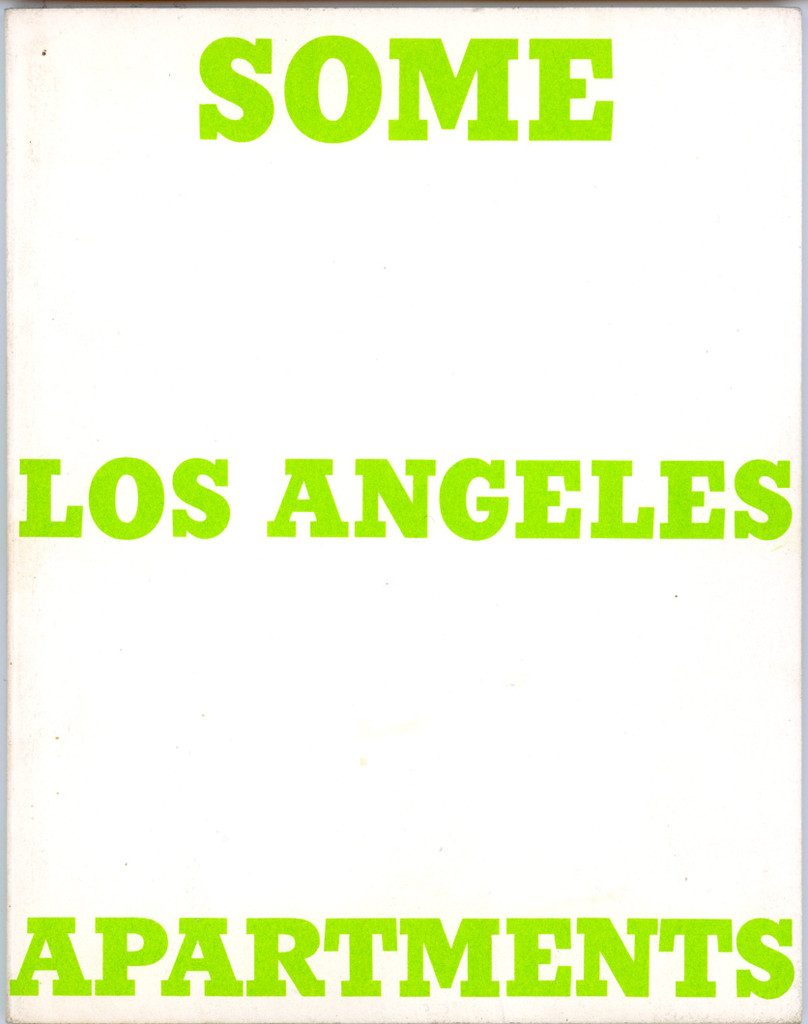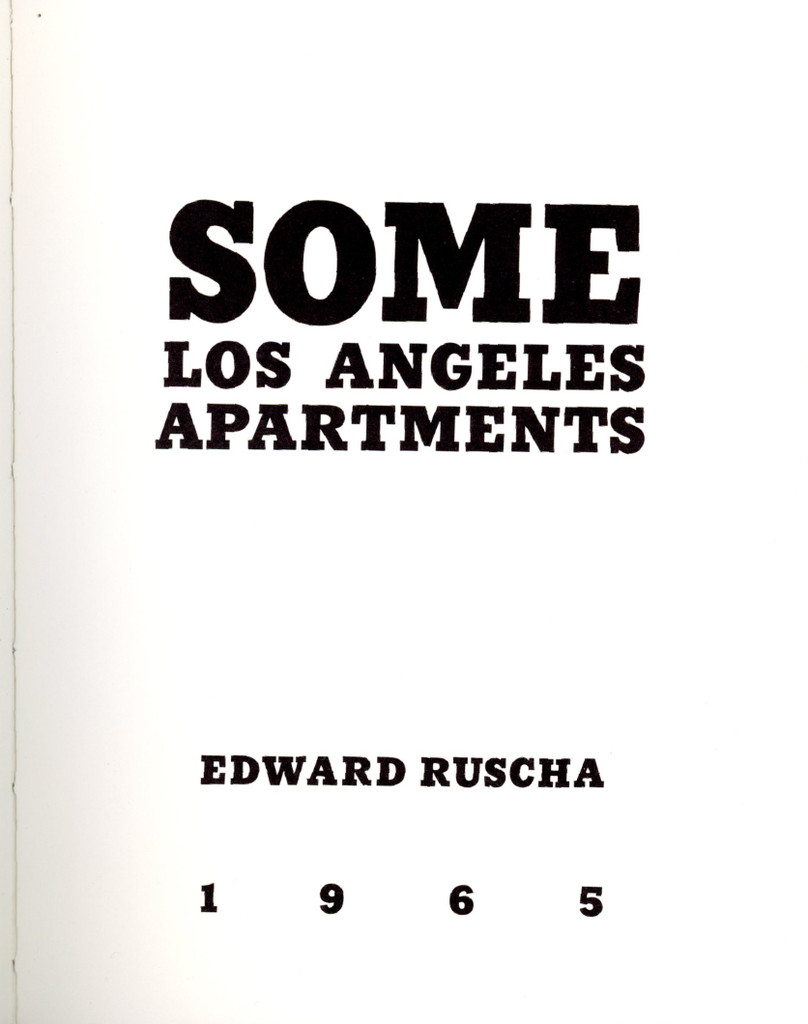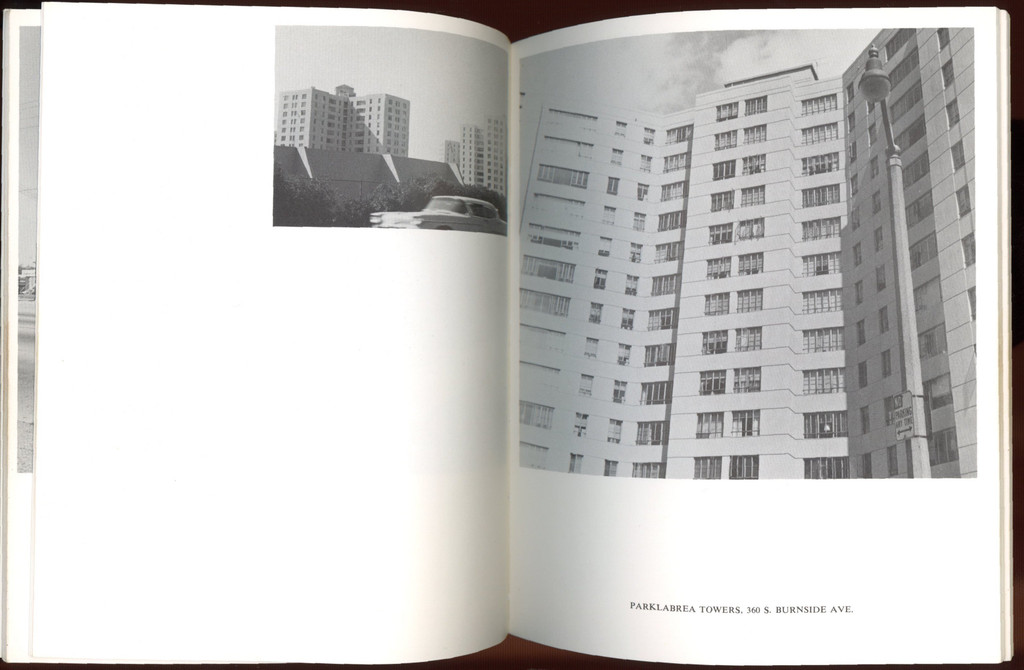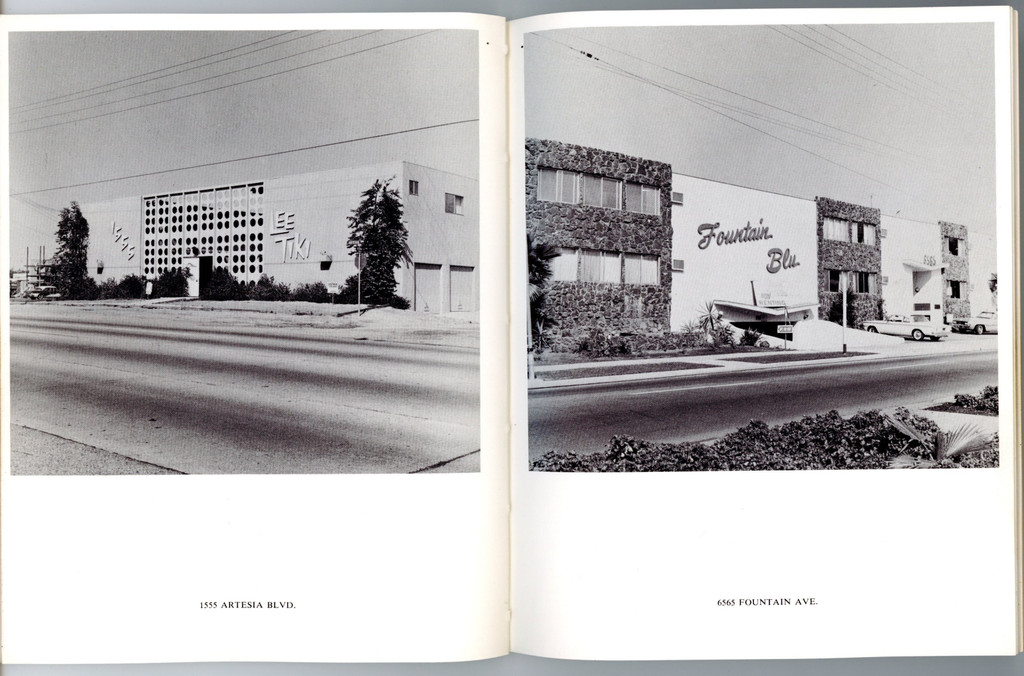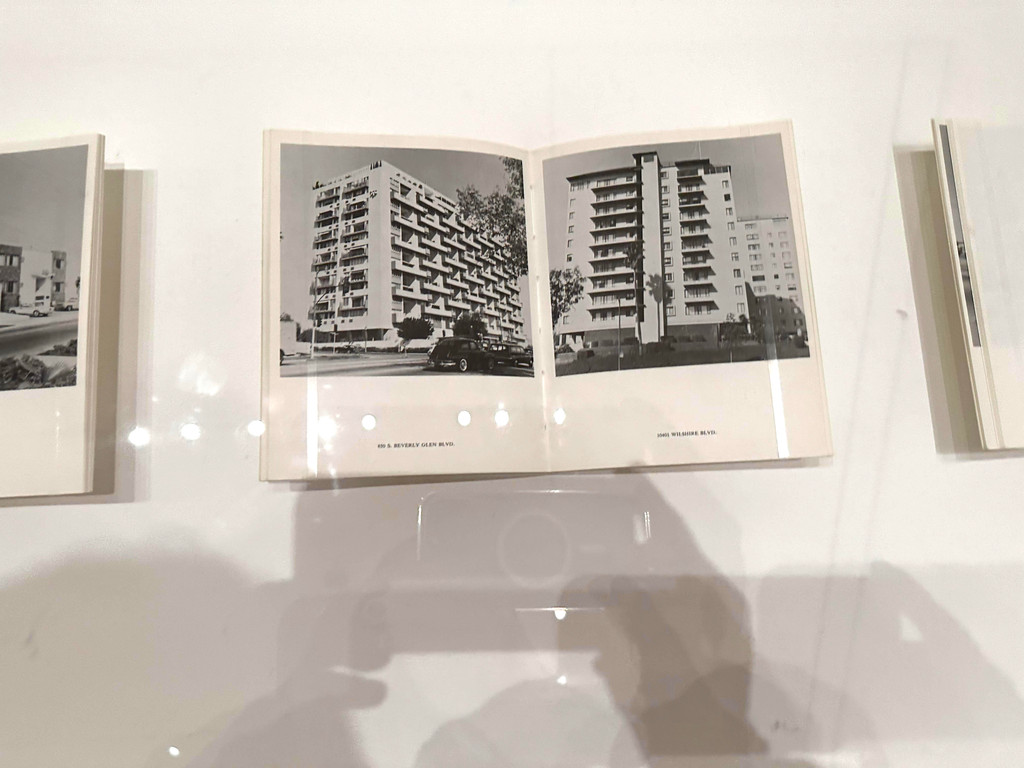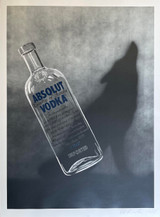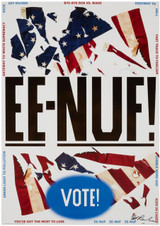
An Educated Collector is Our Best Client
In business for nearly two decades, we are a well established, popular contemporary art boutique specializing in expertly chosen, blue chip prints, multiples, uniques, books, ephemera and merchandise at different price points, with a focus on the secondary market. Please click on the "Contact Us" button at the bottom of this page for questions about any work, pricing and/or to arrange to visit our showroom/gallery - located in between Manhattan's Flatiron and Chelsea Flower Districts.
Description
Ed Ruscha
Some Los Angeles Apartments, 1970
Softback monograph with stiff wraps
Not Signed
7 × 5 1/2 inches
Unframed
Another example of this limited edition artists book was exhibited at the blockbuster Ed Ruscha retrospective "ED RUSCHA THEN NOW" at the Museum of Modern Art, New York Fall 2023/2024. (see attached images of the MOMA installation which also offers ideas and inspiration for displaying it.)
"...Ruscha made his name in the 1960s by taking pictures of the city's most run-of-the-mill non-landmarks: gas stations, apartment houses, vacant lots. As photographs, they may seem unremarkable. Yet they became some of the 20th century's most enduring images. Those photos have since been shown in museums around the world, and they are now on view at the Getty Museum in Los Angeles....Back in 1965, when artist Ed Ruscha was doing a lot of photography, he wouldn't have called himself a photographer. To be honest, he probably would have scoffed at the idea. His goal was to make books — and photographs were simply a means to that end. He made a name for himself in the '60s art world by self-publishing a series of books like Some Los Angeles Apartments — slim volumes with minimal text that presented indifferent documentation of exactly what the titles suggested. Between 1963 and 1978, he published 16 of them in large editions...[.In 2013], the J. Paul Getty Museum in Los Angeles released a new book about the 1965 series, called, appropriately, Ed Ruscha and Some Los Angeles Apartments. It includes 38 deadpan photos of high-rises, walk-ups and dingbat buildings that typify that era of architecture. And as curator Virginia Heckert writes in the introduction, "it is thanks to Ruscha's having recorded these structures in 1965 — and in many cases having provided the inspiration for others to photograph similar subjects — that we find ourselves today more observant and appreciative of the architecture that so unassumingly but definitively influences our experiences of the city."...Today the images seem sterile and dispassionate, and really, they looked that way at the time, too. But at the time, Ruscha was asking big questions: about man and the environment, about photography and art, and about history and the way we document it — questions that endure well past the golden age of dingbats..."
-Courtesy of NPR, 2013
About the book:
Printed by Anderson, Ritchie & Simon, Los Angeles, 1970
48 pp. Stiff printed wrappers. 34 black-and-white reproduction
This is the second printing, published in 1970, one of only 3000 copies.
About Ed Ruscha:
There are things that I’m constantly looking at that I feel should be elevated to greater status, almost to philosophical status or to a religious status. That’s why taking things out of context is a useful tool to an artist. It’s the concept of taking something that’s not subject matter and making it subject matter.
—Ed Ruscha
At the start of his artistic career, Ed Ruscha called himself an “abstract artist ... who deals with subject matter.” Abandoning academic connotations that came to be associated with Abstract Expressionism, he looked instead to tropes of advertising and brought words—as form, symbol, and material—to the forefront of painting. Working in diverse media with humor and wit, he oscillates between sign and substance, locating the sublime in landscapes both natural and artificial.
In 1956, Ruscha moved from Oklahoma City to Los Angeles, where he attended the Chouinard Art Institute. During his time in art school, he had been painting in the manner of Franz Kline and Willem de Kooning, and came across a reproduction of Jasper Johns’s Target with Four Faces (1955). Struck by Johns’s use of readymade images as supports for abstraction, Ruscha began to consider how he could employ graphics in order to expose painting’s dual identity as both object and illusion. For his first word painting, E.Ruscha (1959), he intentionally miscalculated the space it would take to write his first initial and surname on the canvas, inserting the last two letters, HA, above and indicating the “error” with an arrow. After graduation, Ruscha began to work for ad agencies, honing his skills in schematic design and considering questions of scale, abstraction, and viewpoint, which became integral to his painting and photography. He produced his first artist’s book, Twentysix Gasoline Stations—a series of deadpan photographs the artist took while driving on Route 66 from Los Angeles to Oklahoma City—in 1963. Ruscha since has gone on to create over a dozen artists’ books, including the 25-foot-long, accordion-folded Every Building on the Sunset Strip (1966) and his version of Kerouac's iconic On the Road (2009). Ruscha also paints trompe-l’oeil bound volumes and alters book spines and interiors with painted words: books in all forms pervade his investigations of language and the distribution of art and information.
Ruscha’s paintings of the 1960s explore the noise and the fluidity of language. With works such as OOF (1962–63)—which presents the exclamation in yellow block letters on a blue ground—it is nearly impossible to look at the painting without verbalizing the visual. Since his first exhibition with Gagosian in 1993, Ruscha has had twenty-one solo exhibitions with the gallery, including Custom-Built Intrigue: Drawings 1974–84 (2017), comprising a decade of reverse-stencil drawings of phrases rendered in pastel, dry pigment, and various edible substances, from spinach to carrot juice. The first retrospective of Ruscha’s drawings was held in 2004 at the Whitney Museum of American Art. Ruscha continues to influence contemporary artists worldwide, his formal experimentations and clever use of the American vernacular evolving in form and meaning as technology and internet platforms alter the essence of human communication. Ruscha represented the United States at the 51st Venice Biennale (2005) with Course of Empire, an installation of ten paintings. Inspired by nineteenth century American artist Thomas Cole’s famous painting cycle of the same name, the work alludes to the pitfalls surrounding modernist visions of progress. In 2018 Ruscha’s Course of Empire was presented concurrently with Cole’s at the National Gallery in London.
Courtesy of Gagosian
Publisher
Printed by Anderson, Ritchie & Simon, Los Angeles

